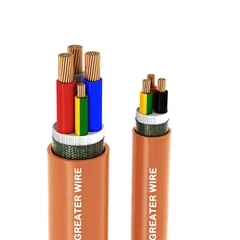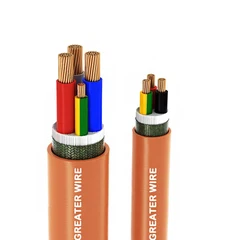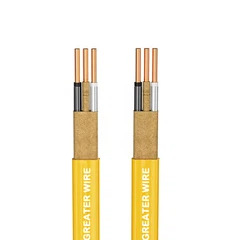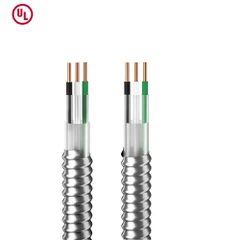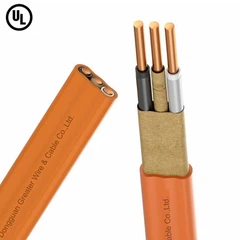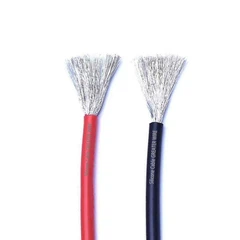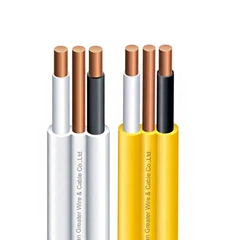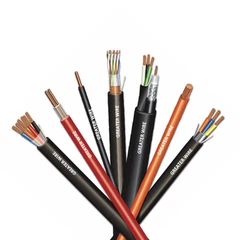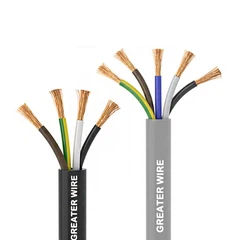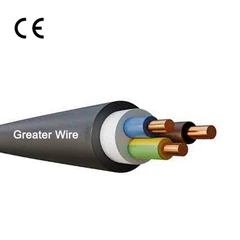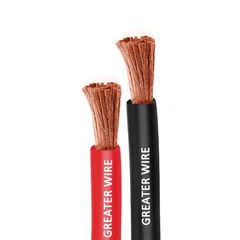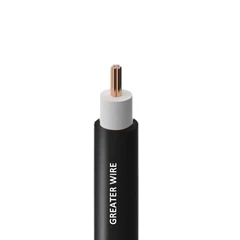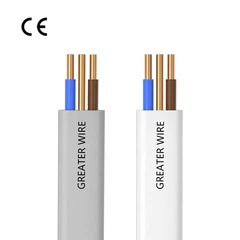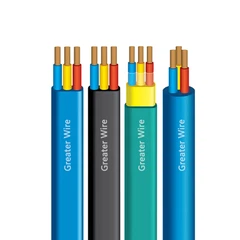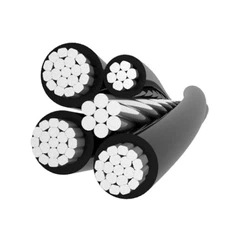armoured cable do not necessarily have to be buried underground, but are suitable for direct burial. Armored cables are commonly used in underground situations, especially for direct burial in rocky areas, as they can increase the mechanical strength of the cable and prevent mechanical damage.
The direct burial laying method of armoured cable should pay attention to the following points:
The bottom of the excavated ditch must be a soft soil layer without stones or other hard debris, otherwise a 100mm thick layer of soft soil or sand should be laid. The soil around the cable should not contain substances that corrode the metal sheath of the cable, and should be removed and replaced with soil.
The burial depth should not be less than 0.7m (in cold regions, cables should be laid below the frozen layer).
After the cable laying is completed, a layer of soft soil or fine sand with a thickness of 100mm should be laid on top, and then covered with a concrete protective plate with a coverage width of 50mm beyond both sides of the cable diameter.
The metal sheath of the armoured cable should be reliably grounded at both ends, and the grounding resistance should not exceed 10 Ω.
At locations where cables pass through without permanent buildings, stakes should be buried, and cable stakes should also be buried at joints and bends.
The reason for grounding armoured cable is to increase safety and reliability. Grounding can drive the protective device to trip, avoiding electric shock accidents; At the same time, it can level the potential of the shielding layers of each core, avoiding the occurrence of discharge phenomena. If not grounded, the high current passing through the cable will generate eddy currents in the armored steel strip, causing the cable to heat up and potentially causing a short circuit or burning


